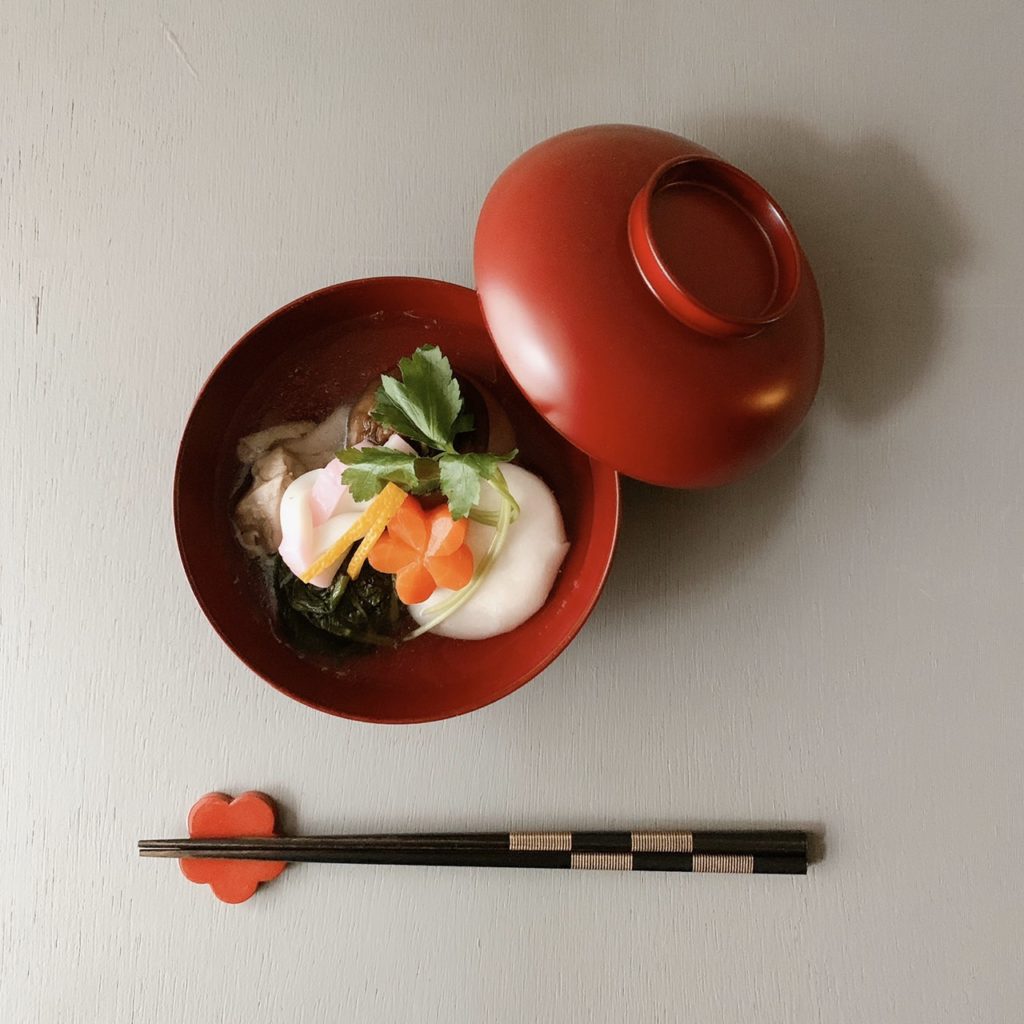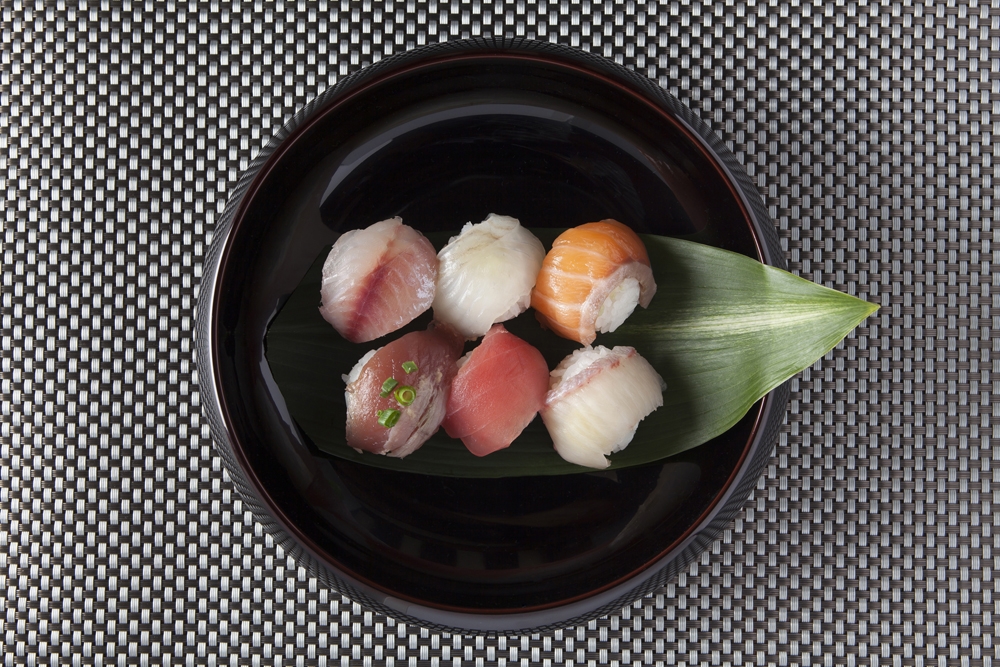“What kind of image do you have of urushi lacquerware? ” If I had asked this question to other Japanese people, most of them would say “expensive” and “very traditional”. My family never used urushi lacquerware on daily basis, only on special occasions like new year. One day I was talking to a friend and he said “I’m thinking to buy some urushi lacquerware.”, and that made me curious. A person I met at the event introduced me to “j cocomo” which sells urushi lacquer tableware in Fukuoka. This is how I ended up at “j cocomo” in the first place.
At j cocomo’s showroom, I found various colored urushi lacquer tableware. All the products were so different from what I knew. I thought “I wanna talk to the owner”, so I made an appointment and revisited their showroom.
Dishwasher safe.
The Interviewee: When I first saw your products, I was really surprised. So different from what I expected.
j cocomo’s Owner: Traditional urushi lacquerware is usually expensive and only used for cultural ritual celebrations like new year, festivals, etc. They are more like fine and decorative artcrafts than tableware or other objects. So I wanted to produce urushi lacquer tableware which can be used on daily basis.

T.I.: I never thought there are any colors other than black and red. Also, I didn’t expect to see these contemporary style lacquer tableware.
j.O: Now these days, there are various colors of urushi. Even this pink and blue are made of natural urushi lacquer. I designed all of our products and these were manually produced by urushi craftsmen in Fukui.
Urushi lacquerware striving for practicality
T.I.: What is the most different part from traditional urushi lacquerware?
j.O: What we value the most in our products is the simplicity and the easiness of washing. You can wash using dishwasher as well.
With traditional lacquerware, we need to dry them quickly after washing. But people are busy these days, so tableware should be something easy to use. Thinking of restaurants’ use, it is important to be dishwasher safe.
Stack up your lacquerware!

j.O: Also, our urushi lacquer tableware is stackable. Traditional ones get easily scratched and discolored, so need to lay a cloth between to stack them. We made sturdy and stackable urushi lacquer tableware using scratch-resistant urushi lacquer and not using Maki-e(sprinkled picture). Enjoy using lacquer tableware, not just the appearance
T.I.: We need bigger space to store if we can’t stuck up the tableware.
j.O: Exactly. People used to live with an extended family here in Japan, but it changed, Now more people live in apartments than houses. Our lifestyle is changing, and now people consider about materials, lightness and easiness of storing when they buy tableware. No matter how they love the design of soup bowls, they will put them away in the back of cupboard if they are not handy. Tableware should be handy and stackable. If they are not, people won’t use them everyday.
We cannot keep urushi industry if nobody buys lacquerware
T.I.: How did you make affordable urushi lacquerware?
j.O: An unlacquered object is called “Kiji”, and traditionally formed from wood. However, our products use “Kiji” formed from wood flour and resin. The cost of using 100% wood Kiji is too high. Usuhi lacquerware have different characteristics according to their origin. Urushi productions in Fukui have been producing family use and commercial urushi lacquer tableware since long time before. They are capable of creating urushi lacquer tableware which is resistant to repeated washing and affordable price. To get people to buy a product, it has to be reasonable. Can you pay couple hundred dollars for daily use dinnerware? No, right? Also, we can’t have any repeat buyers if nobody buys it. Getting more regular buyers makes urushi craftsmen get more orders. I believe that will help keeping industries.

There is always a story behind a passion
T.I.: Is urushi lacquer industry declining like other traditional crafts industries in Japan?
j.O: Yes. I saw urushi craftsmen and suppliers going out of business through my family’s business. That experience made me think what I can do for the industry, then I decided to make products people want and sell them myself. This is the reason why I started my company.
T.I.: Does your family also have a urushi related company?
j.O: They had before. My grandfather started urushi lacquer products supplier and also owned some urushi lacquerware stores in Fukuoka.
T.I.: So basically, you grew up with urushi lacquerware?!
j.O: You can say that. There were three big cupboards at home and one was filled with samples brought by urushi crafters. We used those samples at home for reviews before my parents decided to sell them.
T.I.: You followed in their footsteps.
j.O: Yes. I received a special network with urushi craftsmen from that. That is why we can choose an urushi production suitable for our designs. In this industry, this style is so rare. Usually, the production has been running their business cooperating with locals.
T.I.: I have one last question. What is the future you see? What do you want to do?
j.O: I’d like to stop urushi industry’s decline. Because of that, I would like more people to know urushi lacquerware and try themselves. Personally, I want to make urushi lacquer products that fascinate foreign people like they did 400years ago in Europe and sell them in abroad. I think that could be a way to preserve Japanese tradition and culture.
At last…
j cocomo’s urushi lacquerware are much more practical than traditional one. I never thought urushi lacquerware could be contemporary and everyday tableware. But, they are! I really want many people to see and use their products, (It’s really nice. Believe me!) and can’t wait to see their next product. Well, I asked so many questions about traditional urushi lacquerware in this interview. It’s sad that I don’t have space here, so I am thinking to write about it soon-ish.
Visit their showroom on open day, and see, touch and feel their products in person. Please follow their sites for open day and updates.

「j cocomo」
web: http://j-cocomo.jp
Instagram: https://www.instagram.com/jcocomo_official/
facebook: https://www.facebook.com/pages/jcocomo-CoLtd/657962157562853




Comments